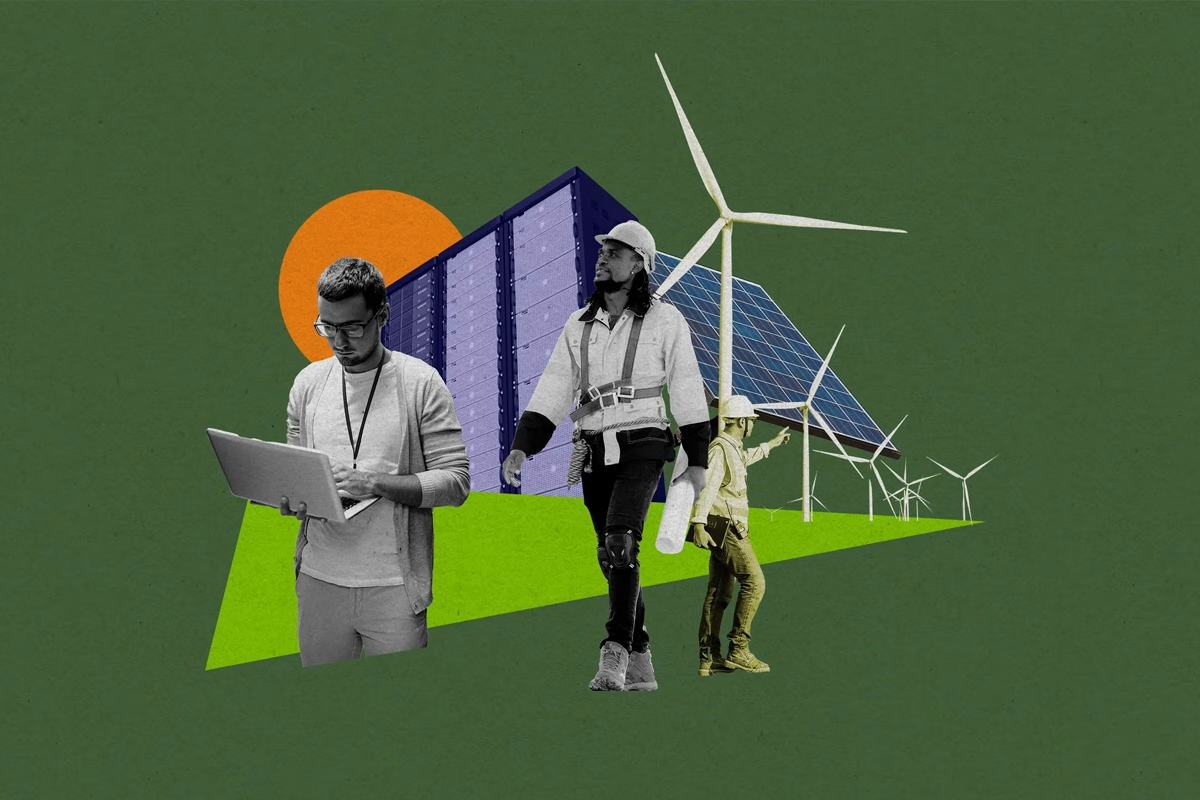
Malaysia to Develop $6 Billion Renewable Energy Corridor
November 26, 2025
Oil slips on oversupply worries as investors watch Ukraine negotiations
November 26, 2025Artificial intelligence is emerging as a powerful enabler of the clean energy transition. While growing AI workloads are increasing electricity demand — particularly from energy-intensive data centers — AI itself is also helping reduce emissions, optimize power systems, and accelerate innovation across the energy sector.
AI is already cutting energy use in buildings, transport, and industry, while improving the design, placement, and performance of wind, solar, and storage projects. On modern electricity grids, AI-driven control systems help operators balance supply and demand in real time, enhance efficiency, reduce costs, and integrate rising levels of intermittent renewables. AI can even predict when key equipment needs maintenance, preventing failures and reducing the risk of blackouts.
With today’s more complex grid — shaped by distributed solar, variable wind resources, extreme weather, and cyberthreats — AI is becoming essential. Algorithms can forecast short-term generation needs, optimize system frequency and voltage, and enable new flexibility tools such as smart EV charging, home energy management, and responsive data centers. These capabilities help smooth demand peaks and allow batteries, electric vehicles, and buildings to support the grid.
AI is also transforming long-term planning. Grid developers must anticipate future infrastructure needs years in advance, but rising renewable penetration and climate-driven weather uncertainty make this increasingly difficult. AI models can simulate future system behavior, evaluate resilience under extreme conditions, speed up regulatory reviews, and analyze vast datasets to guide investment decisions.
Another major frontier is materials discovery. AI-powered simulations and autonomous labs are accelerating the development of advanced materials for batteries, nuclear reactors, solar cells, and hydrogen technologies. By rapidly generating hypotheses, designing experiments, and learning from results, AI can compress materials development cycles from decades to only a few years.
At MIT, researchers are applying AI to fusion reactor modeling, grid resilience planning, advanced material design, autonomous maintenance robots, and improving the efficiency of data center infrastructure. Through the MIT Energy Initiative (MITEI), experts from industry, academia, and government are collaborating on both the challenges and opportunities AI presents. At its 2025 conference, MITEI launched the Data Center Power Forum to address rising energy demand from digital infrastructure while harnessing AI’s potential to support sustainable energy systems.
AI represents both a challenge and a powerful tool. With the right research, policy, and collaboration, it can play a pivotal role in achieving a cleaner, more reliable, and more efficient energy future.




